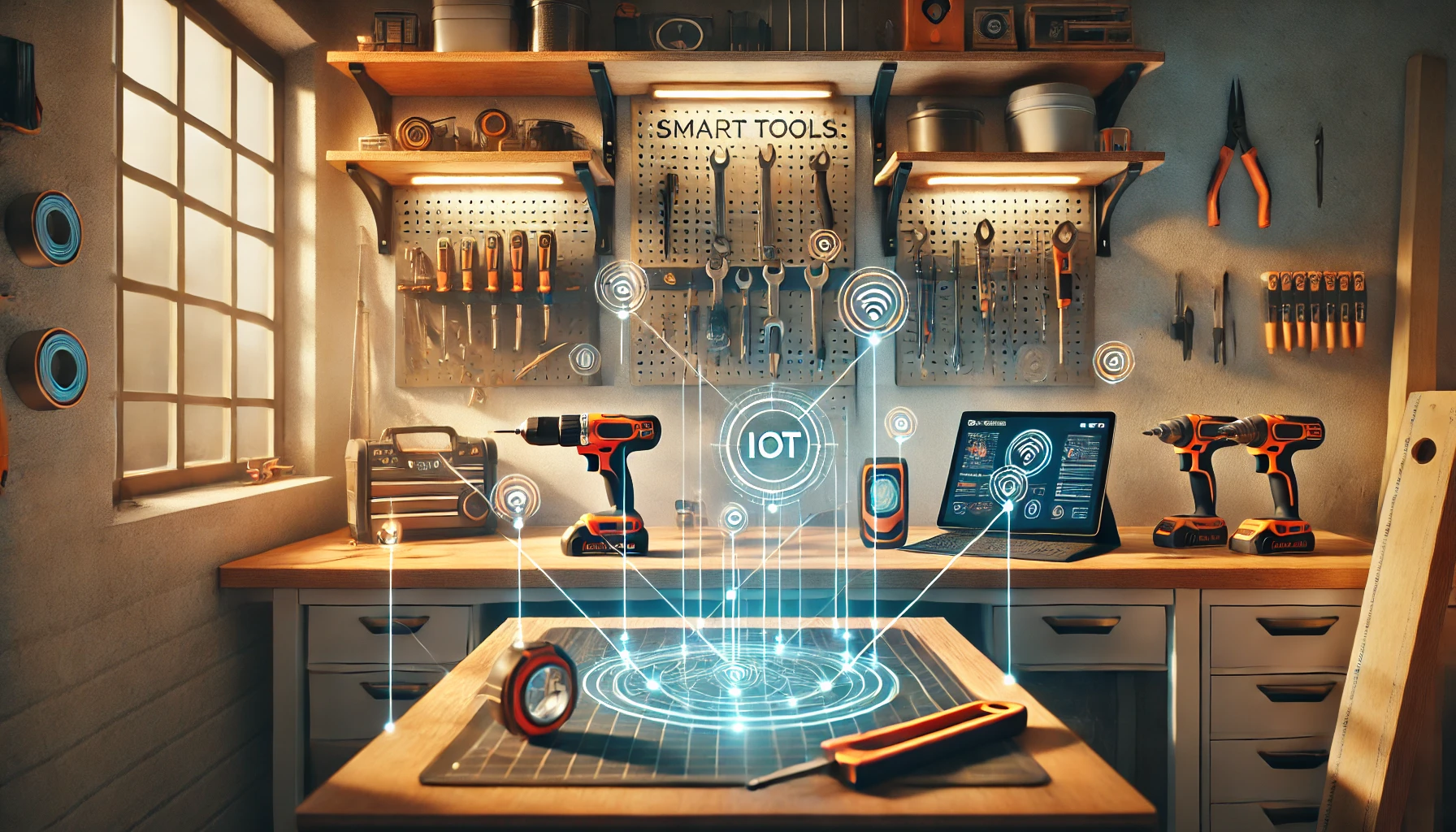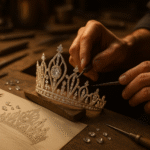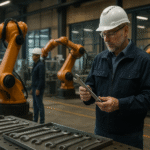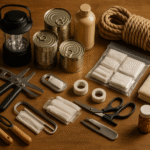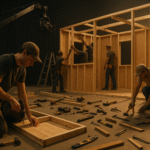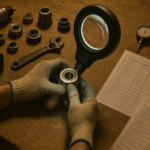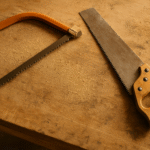It starts like any other weekend project — a bench full of parts, a fresh coffee, and the familiar buzz of a power drill.
But this time, your tape measure syncs with your tablet, your saw logs every cut, and your air monitor tells you when it’s time to open a window.
You’re not just building a shelf. You’re working inside a connected workshop.
At ToolCraftz, we’ve seen this movement grow from concept to culture.
The combination of smart tools and IoT technology is quietly transforming how DIYers create, maintain, and imagine — turning home workshops into intelligent ecosystems that learn and adapt with every project.
From DIY to DIT: Doing It Together (With Your Tools)
In traditional DIY, the maker directs every step.
In connected DIY, the maker and the tool collaborate.
Smart tools like drills, saws, and wrenches now come equipped with sensors that measure torque, pressure, and motion.
These devices communicate through the Internet of Things (IoT), linking to your phone or computer to provide real-time insights — like battery life, wear tracking, and performance history.
It’s the same foundational concept explored in Inside the Smart Workshop: Connected Tools That Think for You — where connectivity allows tools to coordinate tasks, anticipate maintenance, and even self-diagnose.
Why DIYers Are Going Smart
The appeal of IoT-enabled tools isn’t about showing off the latest tech — it’s about precision and peace of mind.
Imagine a laser level that syncs your measurements to an app, or a digital wrench that alerts you if torque exceeds safe limits.
These tools make craftsmanship faster, safer, and more repeatable — even for beginners.
According to IEEE Spectrum, the consumer-level IoT market for home improvement tools has grown by 45% since 2023, driven by makers who value data-backed performance and convenience.
Our earlier article, Top 5 Smart Tools You Didn’t Know Existed in 2025, highlights many of these innovations — from AR goggles to AI-powered vacuums — now becoming staples in creative workspaces.
How IoT Is Making Workshops Safer
Connected tools don’t just help you work smarter — they help you work safer.
IoT-based systems can monitor noise, vibration, and dust levels in real time, sending alerts before conditions become unsafe.
Paired with AI-enhanced goggles or air sensors, you can literally see your environment’s safety data before continuing a cut or weld.
As discussed in How AI Is Reinventing the Future of Tools and Workshops, machine learning models are now predicting risks before they happen — creating a preventive safety net that didn’t exist even five years ago.
Many manufacturers — including Bosch and Dyson — are integrating smart monitoring features into new tool lines that sync automatically with user apps.
DIY Data: The Hidden Value of Every Project
Every time you use a connected tool, it logs data — not to track you, but to improve the way you work.
Over time, your workshop becomes a data-driven memory of your projects, materials, and techniques.
Imagine opening an app and reviewing which blade you used for which wood type, or how often you’ve recharged a particular battery pack.
That’s the power of data-based craftsmanship — the ability to learn from your own history and refine your craft.
This same principle fuels the predictive power system we covered in How Tabless Battery Technology Is Changing Power Tools Forever — where energy flow and usage analytics create smarter, longer-lasting performance.
Sustainability and the Smart Maker Mindset
Beyond convenience, smart tools align with the growing repair and reuse movement.
Instead of replacing tools when they slow down, data systems help you maintain them efficiently — knowing exactly when to clean, calibrate, or swap components.
This mindset ties directly into our sustainability-focused feature, Repair, Don’t Replace: The New Ethics of Modern Craftsmanship — where durability and stewardship are becoming hallmarks of modern making.
GreenBiz notes that connected maintenance systems could cut small workshop waste by up to 30% annually — proof that intelligence doesn’t just improve tools, it helps preserve the planet.
The Home Workshop of Tomorrow
In the near future, your entire workshop might exist as a digital twin — a virtual copy that tracks tool placement, performance, and energy use in real time.
Your bench will know when to recharge, your vacuum will sync to your saw, and your goggles will project plans directly onto your work surface.
That’s not speculation — it’s the natural evolution of the systems we’ve already seen in professional workshops.
As these technologies become more accessible, the line between DIY hobbyist and high-tech creator will disappear completely.
And when it does, the spirit of craftsmanship won’t fade — it’ll simply become smarter, cleaner, and infinitely more connected.
